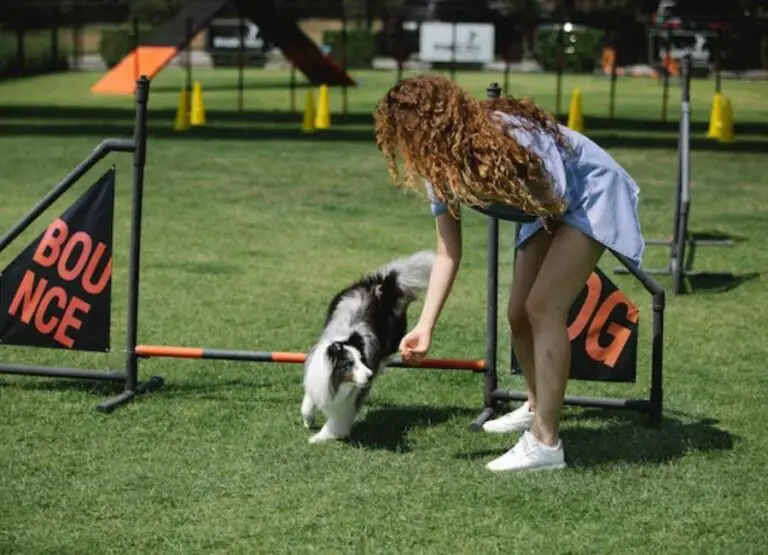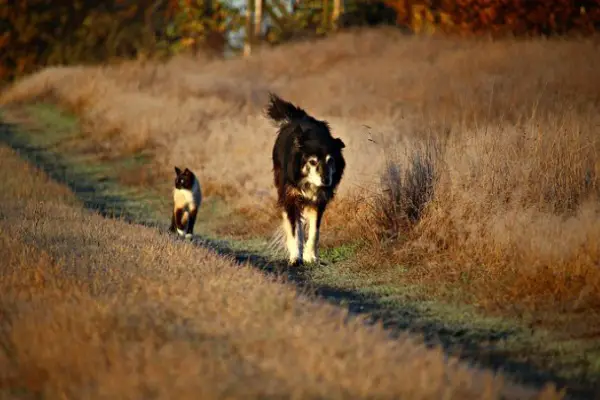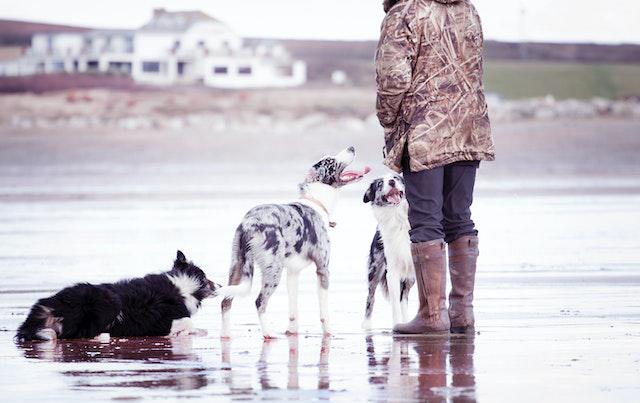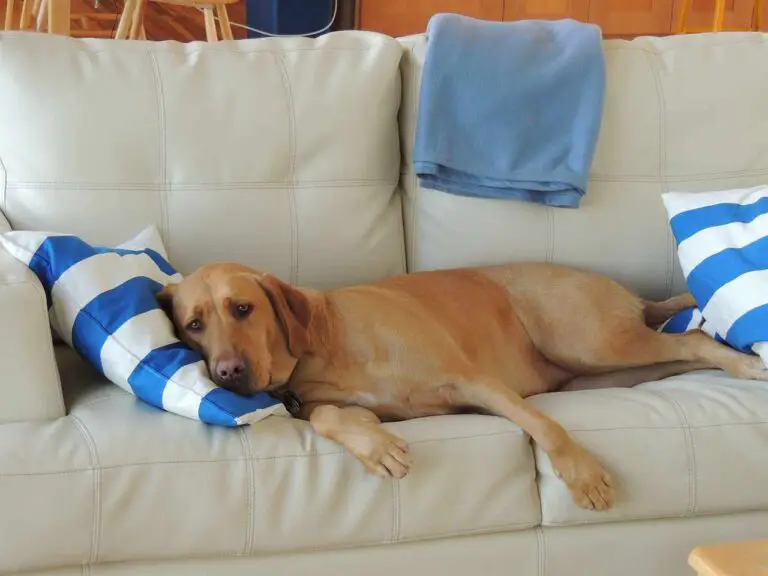Understanding Protective Aggression in Dogs With Tips
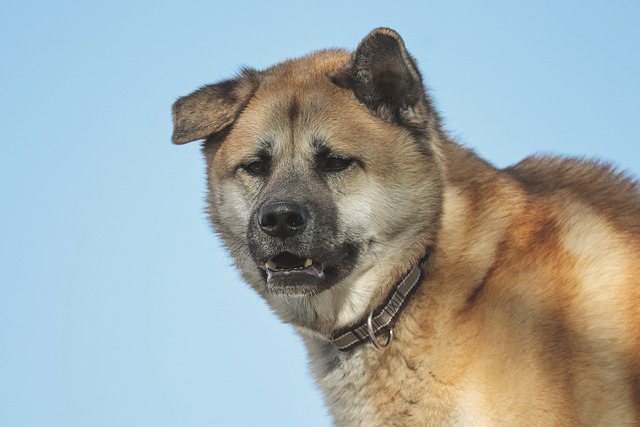
Today, let’s dive into the fascinating world of protective aggression in dogs. Have you ever wondered why your furry friend turns into a fierce guardian when they senses a threat?
Well, buckle up, because we’re about to uncover the secrets behind this instinctual behavior and how we can handle it with love and understanding.
Let’s get started!
What is Protective Aggression in Dogs?
Protective aggression in dogs refers to a behavior where a dog becomes aggressive or defensive in order to protect their territory, family, or resources.
It’s a natural instinct that some dogs may display when they feel threatened or perceive a potential danger.
Signs of Protective Aggression in Dogs
When a dog enters a protective mode, there are several common signs and body language cues that they may display. It’s important to note that not all dogs exhibit the same behaviors, as individual personalities and experiences can influence their reactions.
However, here are some typical signs to look out for:
1. Alertness: A protective dog will often become highly alert, with their ears perked up and their eyes focused on the potential threat. They may stand tall and rigid, ready to react to any perceived danger.
2. Raised hackles: The hair along the dog’s back, also known as hackles, may stand up when they are in protective mode. This is a sign of heightened arousal and can make the dog appear larger and more intimidating.
3. Growling and barking: A protective dog may growl or bark to signal their presence and warn potential intruders. This vocalization can range from low, rumbling growls to aggressive barks, depending on the level of perceived threat.
4. Stiff body posture: A protective dog will often hold their body stiffly, with their muscles tense and ready for action. Their tail may be held high and rigid, or tucked tightly between their legs, depending on the individual dog’s temperament.
5. Lunging or charging: In extreme cases, a protective dog may lunge or charge at the perceived threat. This is a clear sign that they are prepared to defend themselves or their territory.
6. Direct eye contact: When in protective mode, a dog may maintain intense eye contact with the perceived threat. This is a way for them to assert dominance and communicate their readiness to protect.
7. Raised lips or snarling: A dog in protective mode may curl their lips, exposing their teeth, as a warning sign to deter potential threats. This display is often accompanied by low growling or barking.
8. Blocking or Guarding: Dogs may physically block or guard their territory or family members by positioning themselves between the perceived threat and what they are protecting. This can include standing in front of a person or object or blocking access to a certain area.
It’s important to remember that a dog in protective mode should be handled with caution. They may be unpredictable and potentially aggressive, so it’s best to give them space and avoid provoking any further defensive behaviors.
Triggers and Situations Leading to Protective Aggression in Dogs
There are various triggers and situations that can lead to protective aggression in dogs.
Here are some common examples:
1. Fear and Threats to Safety: Dogs may display protective aggression when they feel threatened or fearful. This can occur when a stranger approaches their territory or when they perceive a potential threat to themselves or their family members. Fear aggression can be triggered by unfamiliar people, animals, or situations.
2. Resource Guarding: Dogs may become protective and aggressive when they feel their resources, such as food, toys, or sleeping areas, are being threatened or taken away. Resource guarding is a natural instinct in dogs to protect their valuable possessions.
3. Maternal Instinct: Female dogs may display protective aggression when they have puppies and perceive a threat to their offspring. This is a natural behavior to ensure the safety of their young.
4. Territorial Aggression: Dogs may exhibit protective aggression when they perceive their territory or property is being invaded or threatened. This can include aggression towards strangers or other animals entering their territory.
5. Protective Behavior towards Family Members: Dogs may display protective aggression when they perceive a threat or danger to their human family members. This can occur when someone approaches or interacts with a family member in a way that the dog perceives as threatening.
6. Lack of Socialization: Dogs that have not been properly socialized may display protective aggression towards unfamiliar people or animals. They may perceive them as potential threats due to their lack of exposure and familiarity.
7. Previous Traumatic Experiences: Dogs that have had previous traumatic experiences, such as abuse or attacks, may develop protective aggression as a response to similar situations. These dogs may have learned to be defensive and aggressive as a way to protect themselves.
It is important to note that protective aggression in dogs should not be encouraged or reinforced. It is essential to address and manage this behavior through proper training, socialization, and, if necessary, seeking professional help from a certified animal behaviorist or veterinarian.
Read more about identifying dog aggression.
The Good Side of Protective Aggression in Dogs
Protective aggression in dogs can have positive aspects, particularly when it comes to guarding homes. Dogs with a protective nature can serve as a deterrent to potential intruders, effectively safeguarding the property and its occupants.
Their instinct to defend their territory can create a sense of security for the homeowners, as they know that their loyal companion will act as a vigilant guardian. This type of aggression can also serve as a warning mechanism, alerting the household to potential threats and allowing them to take appropriate action.
Additionally, dogs with protective aggression often form strong bonds with their owners, as they feel a sense of responsibility to protect and care for them. Overall, when channeled and managed appropriately, protective aggression in dogs can contribute to a safe and secure environment for both the home and its inhabitants.
Read more about other forms of dog aggression.
Consequences of Ignoring Protective Aggression in Dogs
Ignoring protective aggression in dogs can have several consequences. Here are some potential outcomes:
1. Increased Risk of Injury or Harm
Protective aggression in dogs is often triggered by a perceived threat to their owners, territory, or resources. Ignoring this behavior can increase the risk of injury or harm to both humans and other animals. Dogs may escalate their aggression if they feel their warnings are being ignored, leading to bites or attacks.
2. Reinforcement of Aggressive Behavior
When protective aggression is ignored, dogs may interpret it as an effective strategy to achieve their desired outcome. This can reinforce the aggressive behavior, making it more likely to occur in the future. Ignoring the aggression can inadvertently teach the dog that aggression is an acceptable way to handle perceived threats.
3. Decreased Trust and Bonding
Ignoring protective aggression can erode the trust and bond between a dog and its owner. Dogs rely on their owners to protect them and provide guidance. When their protective instincts are disregarded, dogs may become confused, anxious, or frustrated. This can lead to a breakdown in the human-animal relationship and a decrease in overall obedience and cooperation.
4. Social Isolation and Restricted Activities
Dogs with a history of protective aggression may need to be managed more carefully to prevent potential conflicts or incidents. Ignoring this behavior can result in social isolation for the dog, as they may need to be kept away from situations or environments where their aggression could be triggered. This can limit their opportunities for socialization, exercise, and mental stimulation.
5. Legal and Liability Issues
If a dog with a history of protective aggression causes harm to another person or animal, the owner may face legal and liability issues. Ignoring the aggression and failing to take appropriate measures to manage and address it can leave the owner legally responsible for any damages or injuries caused by the dog. It is important to address and manage protective aggression to ensure the safety of both the dog and the community.
Read more about how to fix dog aggression.
Preventing and Addressing Protective Aggression in Dogs
Protective aggression in dogs can be a concerning behavior, but with the right approach, it can be prevented and addressed effectively.
Here are some practical tips for dog owners to help prevent and address protective aggression in their dogs:
1. Socialization and Training: Early and ongoing socialization is crucial for dogs. Expose your dog to various people, animals, and environments from a young age. Enroll them in obedience training classes to teach them basic commands and reinforce positive behavior. This helps them develop confidence and reduces the likelihood of protective aggression.
2. Positive Reinforcement Training: Use positive reinforcement techniques to train your dog. Reward good behavior and redirect any signs of aggression. Teach them basic obedience commands such as sit, stay, and leave it. This will establish you as the leader and help manage their protective instincts.
3. Consistency and Boundaries: Establish consistent rules and boundaries for your dog. Make sure they understand what is expected of them and consistently reinforce these expectations. This clarity helps reduce anxiety and confusion, which can trigger protective behavior.
4. Desensitization and Counterconditioning: Gradually expose your dog to the triggers that cause protective aggression in a controlled and positive manner. This process, known as desensitization and counterconditioning, helps your dog associate positive experiences with previously negative triggers.
5. Avoid Encouraging Protective Behavior: Be mindful of inadvertently encouraging protective behavior. Avoid rewarding or praising your dog when they display aggressive tendencies. Instead, redirect their attention to positive, calm behavior.
6. Proper Exercise and Mental Stimulation: Ensure your dog gets regular exercise and mental stimulation. This helps prevent pent-up energy, frustration, and boredom, which can contribute to protective aggression. Engage in activities like daily walks, puzzle toys, and obedience training to keep them mentally and physically stimulated.
7. Controlled Introductions: When introducing your dog to new people or animals, do it in a controlled environment. Gradually expose them to new situations, and monitor their behavior closely. If they show signs of aggression, redirect their attention and reinforce positive behavior.
8. Avoid Triggers: Identify and avoid situations or stimuli that trigger protective aggression in your dog. This may include keeping them away from unfamiliar people or animals or managing their environment to reduce stressors.
9. Seek Professional Help: If your dog’s protective aggression becomes a persistent issue or escalates, consider seeking professional help from a certified dog trainer or behaviorist. They can provide personalized guidance and training techniques tailored to your dog’s specific needs.
Remember, addressing protective aggression in dogs requires patience, consistency, and a proactive approach. By implementing these strategies, you can help your dog overcome this behavior and create a safer and more harmonious environment for everyone involved.
Read more about preventing dog aggression.
Frequently Asked Questions
What are the signs of protective aggression in dogs?
Signs of protective aggression in dogs can include growling, barking, lunging, snarling, or even biting. The dog may also display body language such as raised hackles, a stiff posture, or a fixed stare. It’s important to note that these signs can vary depending on the individual dog and the situation.
Can protective aggression in dogs be managed or controlled?
Yes, with proper training and socialization, protective aggression in dogs can be managed and controlled. It’s essential to work with a professional dog trainer or behaviorist to create a behavior modification plan that addresses the underlying causes and helps the dog learn alternative, more appropriate behaviors.
Why do some dogs exhibit protective aggression while others do not?
The tendency to display protective aggression can vary from dog to dog. Factors such as genetics, early socialization experiences, and individual temperament can all play a role. Additionally, certain breeds may have a higher predisposition to exhibit protective aggression due to their breeding history and intended roles.
How can I prevent my dog from developing protective aggression?
Early socialization and positive training are key in preventing the development of protective aggression in dogs. Exposing your dog to various people, animals, and environments during their critical socialization period can help them become well-adjusted and less likely to perceive threats. Consistent and positive training methods that focus on building trust and teaching appropriate behaviors are also crucial.
Should I punish my dog for displaying protective aggression?
Punishing a dog for displaying protective aggression is not recommended. Punishment can escalate the situation and create fear or anxiety in the dog, potentially worsening their aggressive behavior. Instead, it’s best to consult with a professional who can help you understand the underlying causes of the aggression and guide you in implementing positive reinforcement-based training techniques.
Read more about what causes dog aggression.
Conclusion
In conclusion, understanding and addressing protective aggression in dogs is crucial for maintaining a harmonious and safe environment.
By recognizing the signs, seeking professional guidance, and implementing appropriate training techniques, we can help our furry friends feel secure without compromising their well-being or the safety of others.
So let’s be proactive in nurturing a balanced and loving relationship with our protective pups.

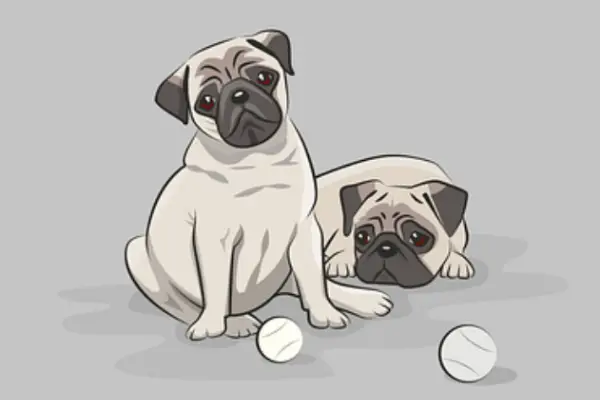
![Social Aggression in Dogs [Causes, Signs & Fix] Social Aggression in Dogs](https://petcreeks.com/wp-content/uploads/2023/10/pexels-yan-krukau-5792905.jpg)
